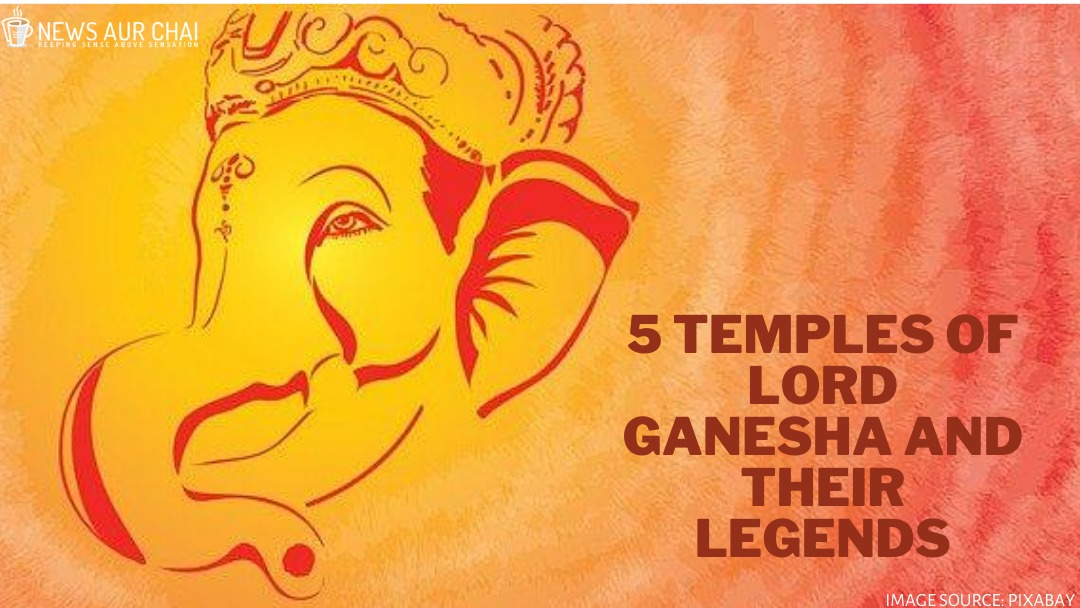
1. Norai Pillayar (Foam Ganapathi) – Shwetha Vinayagar Temple – the village of Thiruvalanchuzhi near Swamimalai in Kumbakonam taluk of Thanjavur district, Tamil Nadu, India.
To begin at the beginning, Lord Ganesha is invoked before the start of anything and nothing is an exception to this rule, even the gods in the heavens. So, when the Devas and the Asuras began churning the Milky Ocean for ‘Amrit’ (Nectar of Immortality), for a long time, nothing good came, all that the ocean spewed out was poison. This, was until they realised that they had not invoked Bappa before commencing the churning. This legend is manifested in the Norai Pillayar – Shwetha Vinayagar Temple in South India.
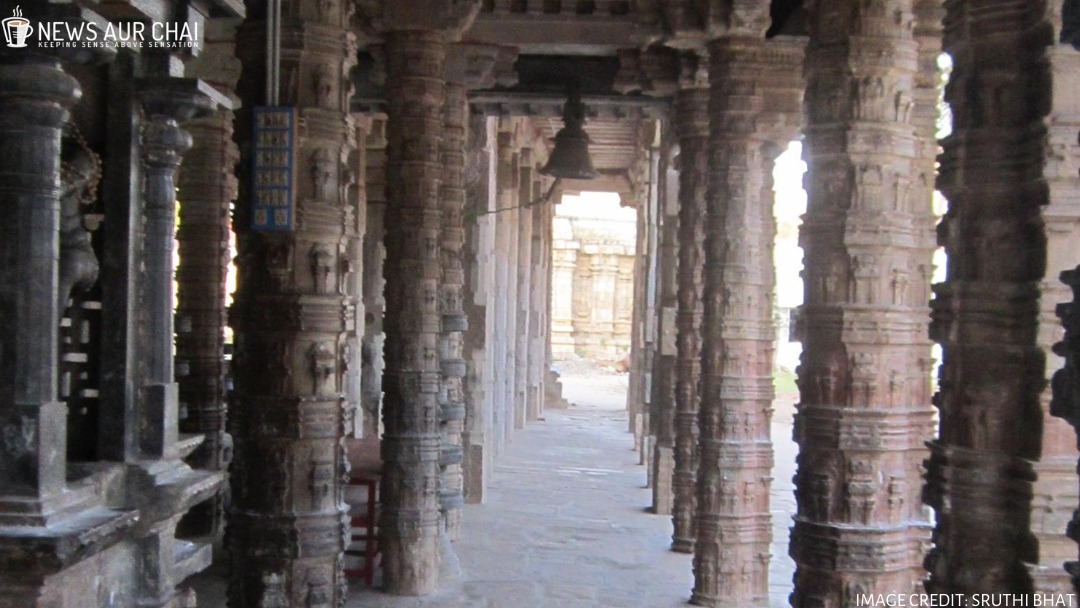
Though the main shrine of the temple is dedicated to Lord Shiva and His Consort Parvati, Legends say that the “Swetha Vinayagar” or the “While Ganapati” was carved out of Sea Foam by Lord Indra before the churning of the milky ocean. Lord Indra left the Idol there to come back to collect it later, but he was unable to move it and thus, he had to just let it be. Years, later, the Rulers of the Chola Dynasty built this temple and the legend of Shwetha Vinayagar continued to thrive. It is because of the belief of the delicate nature of the idol that to this day, temple priests do not conduct abhishekham and pour any liquids over the deity.
2. The Uchhi Pillayar – RockFort Temple, Trichy
Once one enters the limits of Trichy in Tamil Nadu, the RockFort is a prominent part of its skyline. Rather, it is the only high rise structure in the temple town of South India and can be seen from any place across the town.
Located over a small hill, the temple houses the shrines of Lord Shiva and his Consort Parvati in its lower levels, and at its peak is the Shrine of Lord Ganesha.
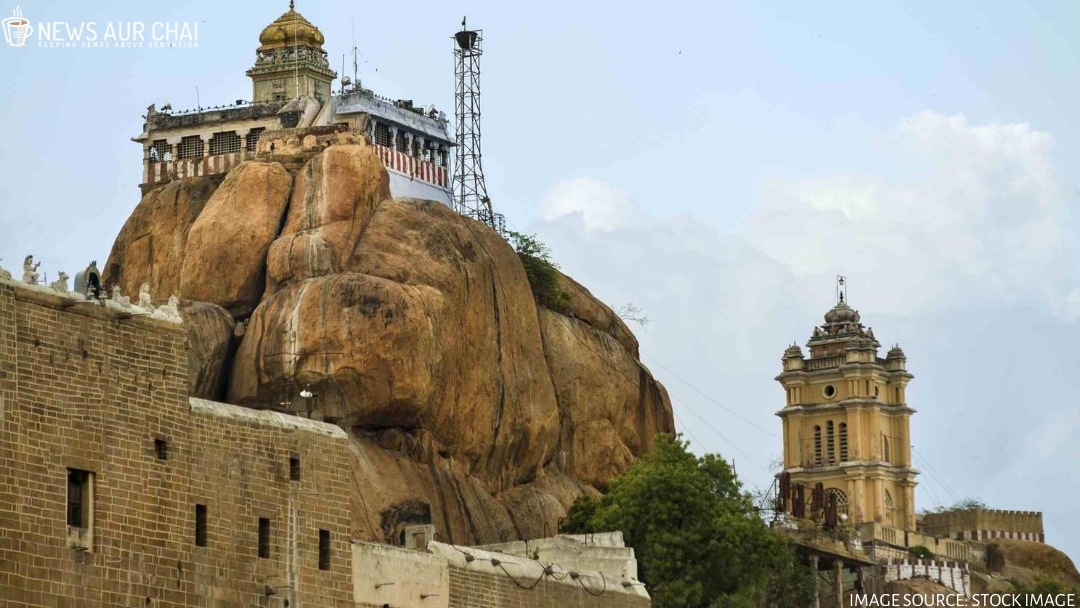
According to Legends, after the Coronation Ceremony of Lord Rama, he gifted an Idol of Lord Vishnu in his Sri Ranganathaswamy form to King Vibhishana to take back to Sri Lanka, with a condition attached that he has to carry the Idol all the way to Lanka and if he lets it touch the ground, it will remain there forever. All other Devas were against King Vibhishana from taking an idol of Lord Vishnu to the Land of Asuras. They then approached Lord Ganesha to help trick Vibhishana into leaving the Idol in India.
So, while Vibhishana was crossing Trichy to get to Lanka and stopped at the banks of River Kaveri to perform his daily rituals, Lord Ganesha, taking the form of a young boy, offers to hold the Idol of Sri Ranganathaswamy for him. But, while Vibhishana is busy performing his rituals, he runs away with the Idol and leaves it at Srirangam at the Banks of river Kaveri. An enraged Vibhishana chases the boy to punish him, who runs atop the Rockfort hill and then hits him on the forehead, leaving a pit on the forehead, which can be seen in the Idol even today. However, after being punished, the boy reveals himself to be Lord Ganesha and convinces Vibhishana that the Idol was meant to stay here and blesses him for a safe journey to Lanka.
3. Siddhi Vinayak Temple, Mumbai. Maharashtra
Though the legends of the temple do not date back to as early as the Ramayana period, the temple, built-in 1801 is sacred and has lived up to the prophecies of religious Gurus. The richest temple trust in Mumbai, attracts countless devotees every day.
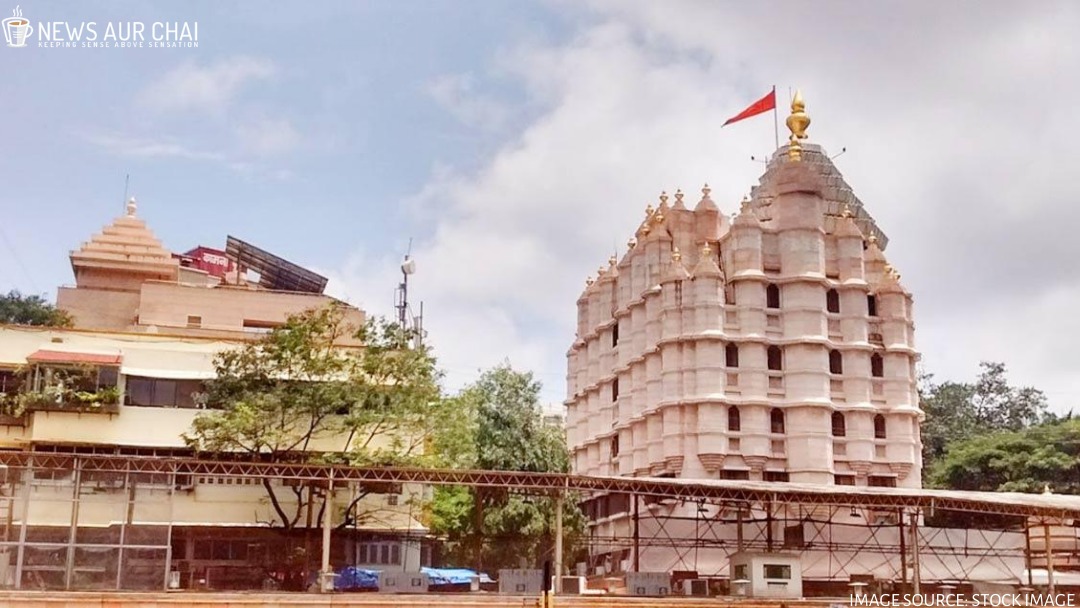
Siddhi Vinayak is said to be the granter of all wishes asked with deep devotion. Built by a contractor and a childless woman, to with just one wish that everyone’s wishes have to come true, the temple has seen big names in the Bollywood industry come to take the blessings of Bappa often. Further, the temple was expanded to include a small complex for a Hanuman Idol that was found during a road expansion project in Mumbai.
4. Guddattu Jaladhivasa Maha Ganapathi Temple, Karnataka
Located about 15 km from Kundapur in Udupi district of Karnataka, The Jaladhivasa Ganapathi (Vinayaka) Temple is the only one of its kind in India. The temple is situated at the foot of an elephant-shaped rock. The Idol of Lord Ganapathi is situated in the east side of the rock, head tilted and facing southward, in a cave that is always filled with water, keep the idol immersed neck-deep. The Idol is said to be Svayambhu – “self-manifested” and not much is known about when and how it came in to being. However, Legends hold that Lord Shiva waged a war against an asura and lost because he forgot to pray to Lord Ganesha before he went to war. Enraged that his son was the cause of his defeat he shot a powerful arrow that would set anything ablaze.
However, Since no arrow could harm Lord Ganesha and no arrow set from the bow of Lord Shiva fail to serve its purpose, the arrow carried Ganesha into an ocean of honey. The One tusked lord, who is excessively fond of honey emptied the ocean in no time. However, the excessive consumption of honey led to extreme irritation in the skin of Lord Ganesha. To save his son of the suffering, Lord Shiva asked Lord Ganesha to sit down in the water to soothe his skin. Another unique aspect of the temple is the special “Ayar Koda Seva” which translates to “1000 Pots seva”. This ritual is one where the water is drained out of the cave and then refilled again to immerse the idol neck-deep which takes about 1000 pots of water.
5. Swayambhu Sri Abhista Gnana Ganapathi Deity, Kurnool, Andhra Pradesh
Though legends of temples date back to the era of Gods and Goddesses and ancient kingdoms, this temple’s history is more recent. A young Lad, Abhinai Jampala found a big Marakatha stone about the size of Musk melon in the heap of construction sand in front of his house. Intrigued by the form of the stone that faintly resembled Lord Ganesh’s form, he brought it home and believed it to be his own lord Ganesha.
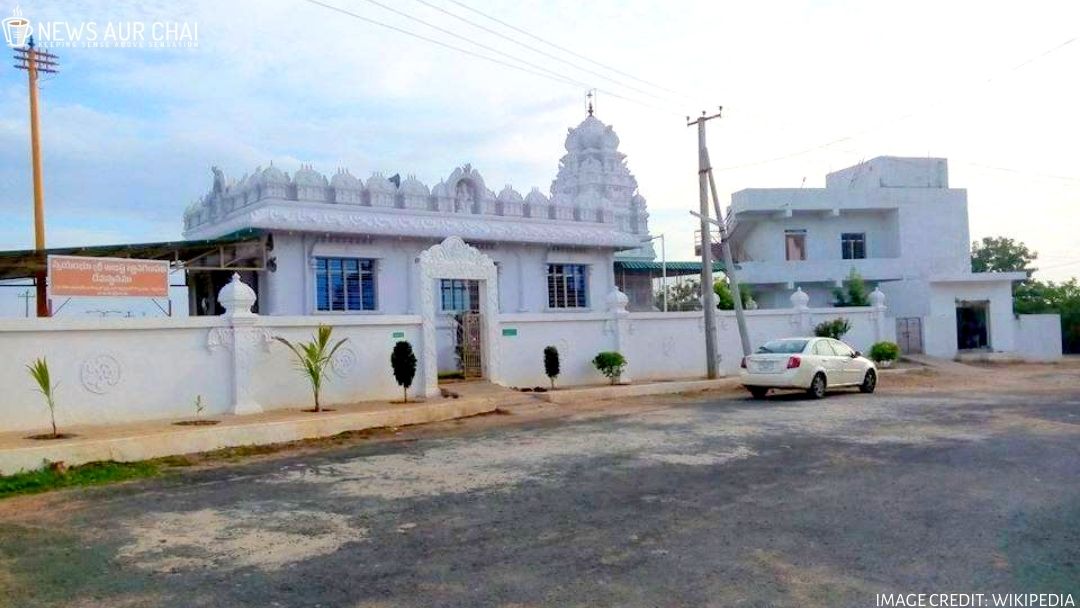
He offered his daily prayers and food to the stone and seeing his staunch devotion, his mother placed it amidst other idols in their Pooja room slowly, with regular prayers and pooja rituals, the idol started to grow and take the form of an actual Ganesh Idol the features becoming more prominent. Unfortunately, The Jampala family lost Abhinai 9 years after he found the Idol and to fulfil his forever wish of building a temple for his Ganesha, the parents constituted a trust in his memory and built this temple in 2012.
We at News Aur Chai Media wish all our readers a very happy and prosperous Ganesh Chaturthi.






One Comment